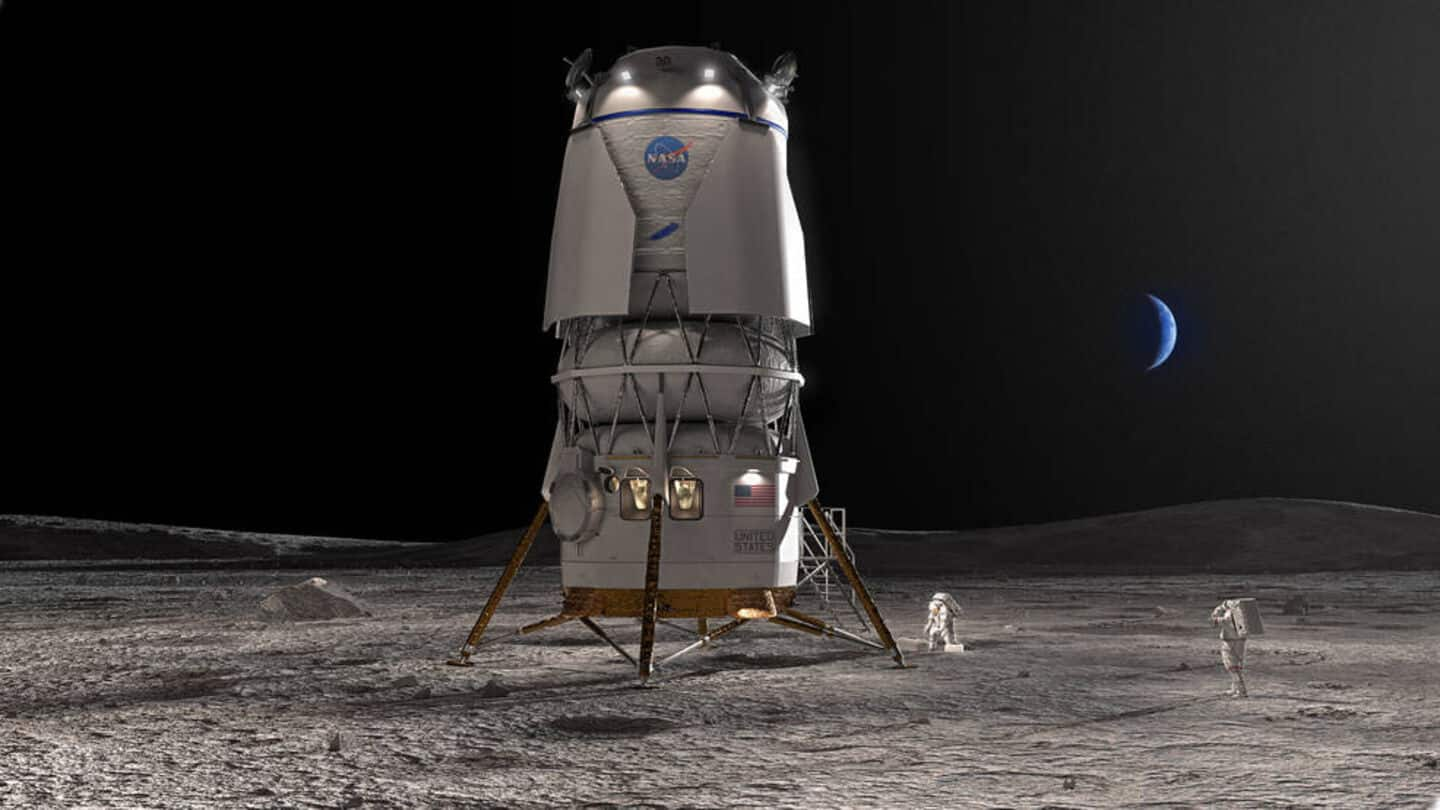Artemis: Mission Overview
The Artemis program, spearheaded by NASA, is designed as a stepping stone towards missions to Mars. Its primary goal is to establish a sustainable presence
on the Moon. The program is comprised of several missions, the initial phase involving unmanned flights to test the spacecraft and systems. These flights pave the way for crewed missions around the Moon and, ultimately, a lunar base camp. This experience is invaluable for the eventual challenge of sending humans to Mars. Each mission builds on the successes and lessons learned from the previous ones, integrating advanced technologies and refining operational procedures. These will be applied to the longer and more complex mission to Mars. The Artemis program is a dynamic project. It is constantly evolving as NASA incorporates new discoveries, addresses challenges, and optimizes its plans.
The Challenges of Mars
Venturing to Mars presents immense challenges, far exceeding the complexities of lunar missions. The distance alone results in prolonged travel times, which can span several months each way. During these extended periods, astronauts face unique health risks, including exposure to radiation, bone density loss, muscle atrophy, and psychological effects from isolation. The Martian environment is significantly different from Earth, requiring extensive life support systems to provide breathable air, potable water, and thermal regulation. Surface conditions on Mars are harsh, with extreme temperature variations and the absence of a global magnetic field to protect from solar radiation. Furthermore, the psychological impact of being in a closed environment far from Earth must be carefully managed. This includes addressing issues like sleep deprivation, interpersonal conflicts, and maintaining morale. NASA is committed to resolving these challenges through innovative engineering, extensive research, and specialized training programs.
Technological Innovations Explored
To overcome the challenges of a Mars mission, NASA is developing cutting-edge technologies. Key areas of focus include advanced life support systems capable of recycling air and water, minimizing reliance on resupply from Earth. Researchers are working on closed-loop systems that can convert waste into usable resources, reducing the mission’s overall mass. Protective measures against radiation are essential, including shielding spacecraft and developing medical countermeasures to mitigate radiation's effects. Next-generation spacesuits must be adaptable to the Martian environment, providing mobility and protection. Propulsion systems are another crucial aspect of mission planning. NASA is looking at high-efficiency propulsion methods, such as advanced ion drives, to reduce travel times and fuel consumption. Additionally, the development of in-situ resource utilization (ISRU) technologies will be necessary. ISRU will allow astronauts to produce resources like water and oxygen on Mars, using the planet’s own materials.
Astronaut Training Regimens
Preparing astronauts for a Mars mission involves rigorous training programs designed to simulate the challenges they will face. Astronauts will participate in simulations that mirror the environments and conditions they will encounter on the Martian surface. This includes simulated surface explorations, maintenance exercises, and emergency drills. Physical fitness is crucial, so astronauts engage in extensive exercise programs to maintain their strength and endurance. They undergo specialized training in areas like medical procedures, to handle potential emergencies in isolation. Psychological preparedness is also a priority. Astronauts participate in simulations to understand the isolation, confinement, and potential psychological impacts of long-duration space travel. Teamwork and communication skills are enhanced through simulations that test their ability to work together. They participate in various cultural competency and cross-cultural training programs to effectively interact with ground control and any international partners. All aspects of astronaut preparation ensure the crew is fully prepared for the diverse and demanding conditions of a mission to Mars.










